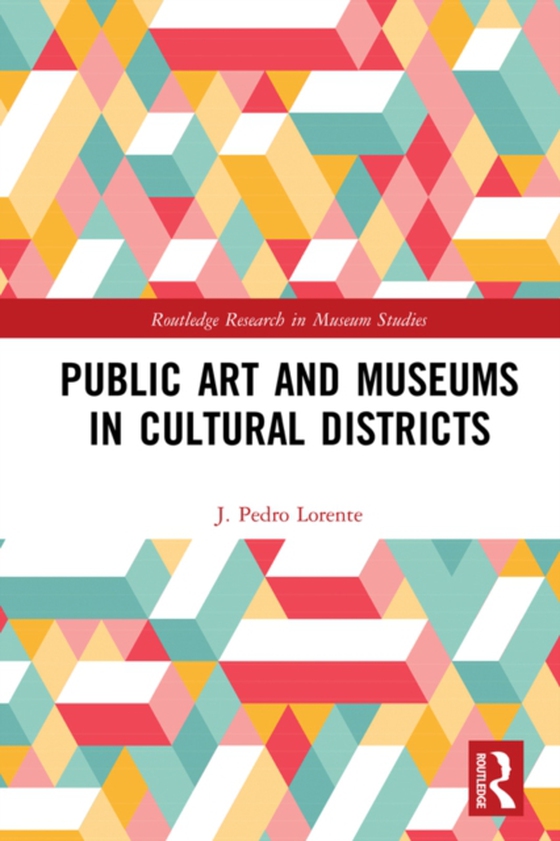
Public Art and Museums in Cultural Districts e-bog
348,37 DKK
(inkl. moms 435,46 DKK)
Museums and public art have traditionally taken significantly different approaches to customer engagement, but throughout history they have also worked together in some urban contexts, notably as landmarks of so-called cultural districts. Public Art and Museums in Cultural Districts reviews their changing interactions in many different types of cities since the Enlightenment, or even before, go...
E-bog
348,37 DKK
Forlag
Routledge
Udgivet
3 september 2018
Længde
226 sider
Genrer
The arts: general topics
Sprog
English
Format
pdf
Beskyttelse
LCP
ISBN
9781351120296
Museums and public art have traditionally taken significantly different approaches to customer engagement, but throughout history they have also worked together in some urban contexts, notably as landmarks of so-called cultural districts. Public Art and Museums in Cultural Districts reviews their changing interactions in many different types of cities since the Enlightenment, or even before, going back to the etymological origins of museums and monuments in classical antiquity. The type of historical enquiry presented within the volume is not intended as a total narrative, but the international study cases considered convey a global panorama of the shifting paradigms set in different periods by some cultural neighbourhoods and emulated worldwide. Blurring boundaries between art history, museology and urbanism, this critical account explores past tensions, achievements and failures, giving insightful consideration to present policies and pointing out reasonable recommendations for the future regarding public heritage. Presenting for the first time an insights into the role of collections of public art as landmarks of cultural districts, this book considers collections displayed outdoors from the double perspective of curatorial outreach and civic values. This book will fill a gap in the existing museum studies literature, hitherto mainly focused on indoor collecting and curatorial policies, but increasingly more and more attentive to their outside context. As such, the book should be of great interest to academics, researchers and students working in the fields of art, heritage, museum studies and urban history. It should also be of value to professionals working in the museum and art sectors.
 Dansk
Dansk

